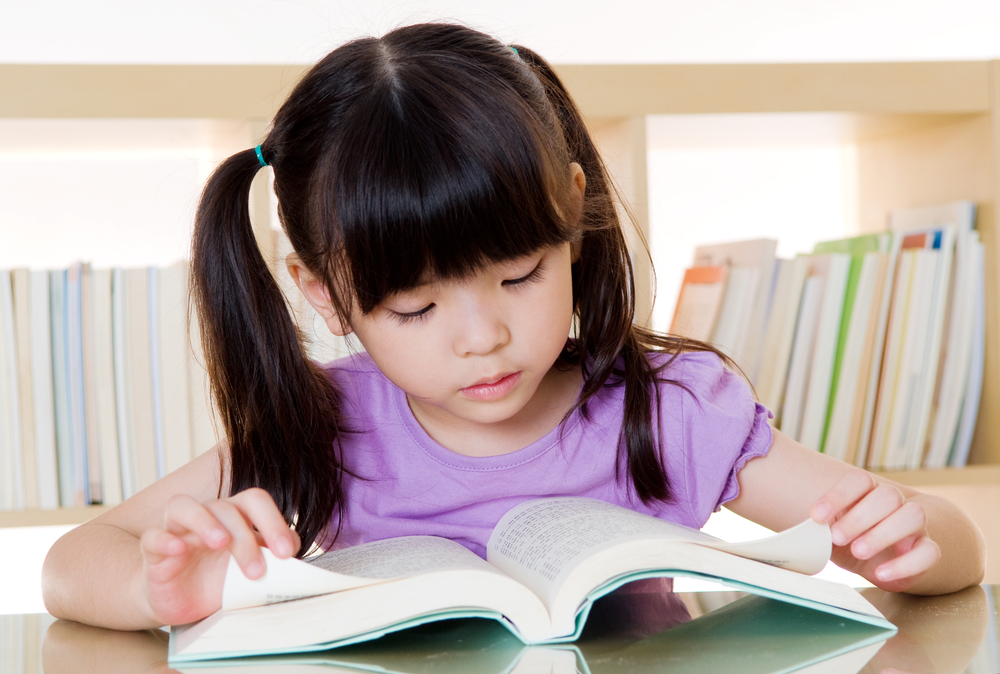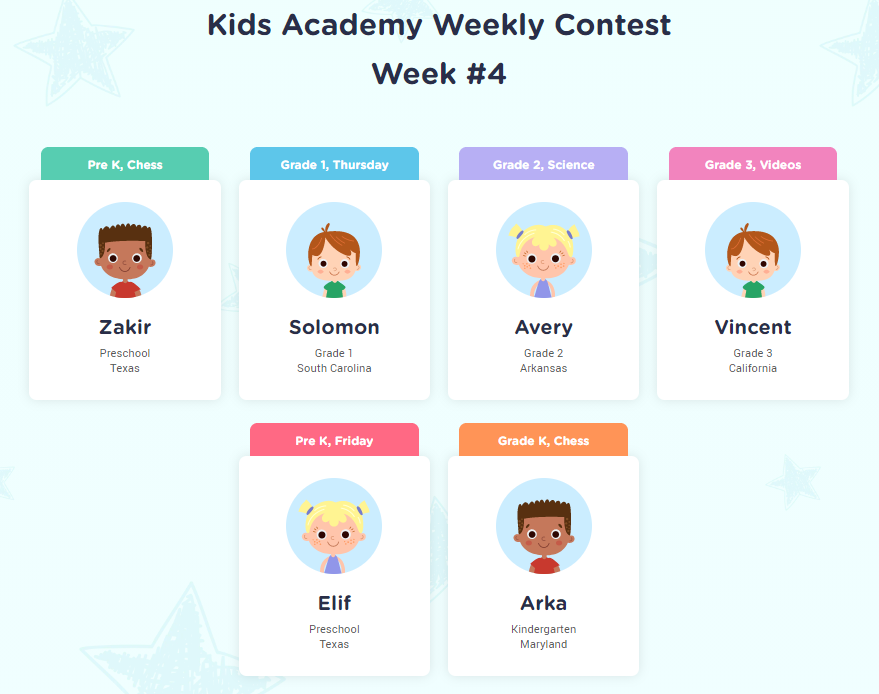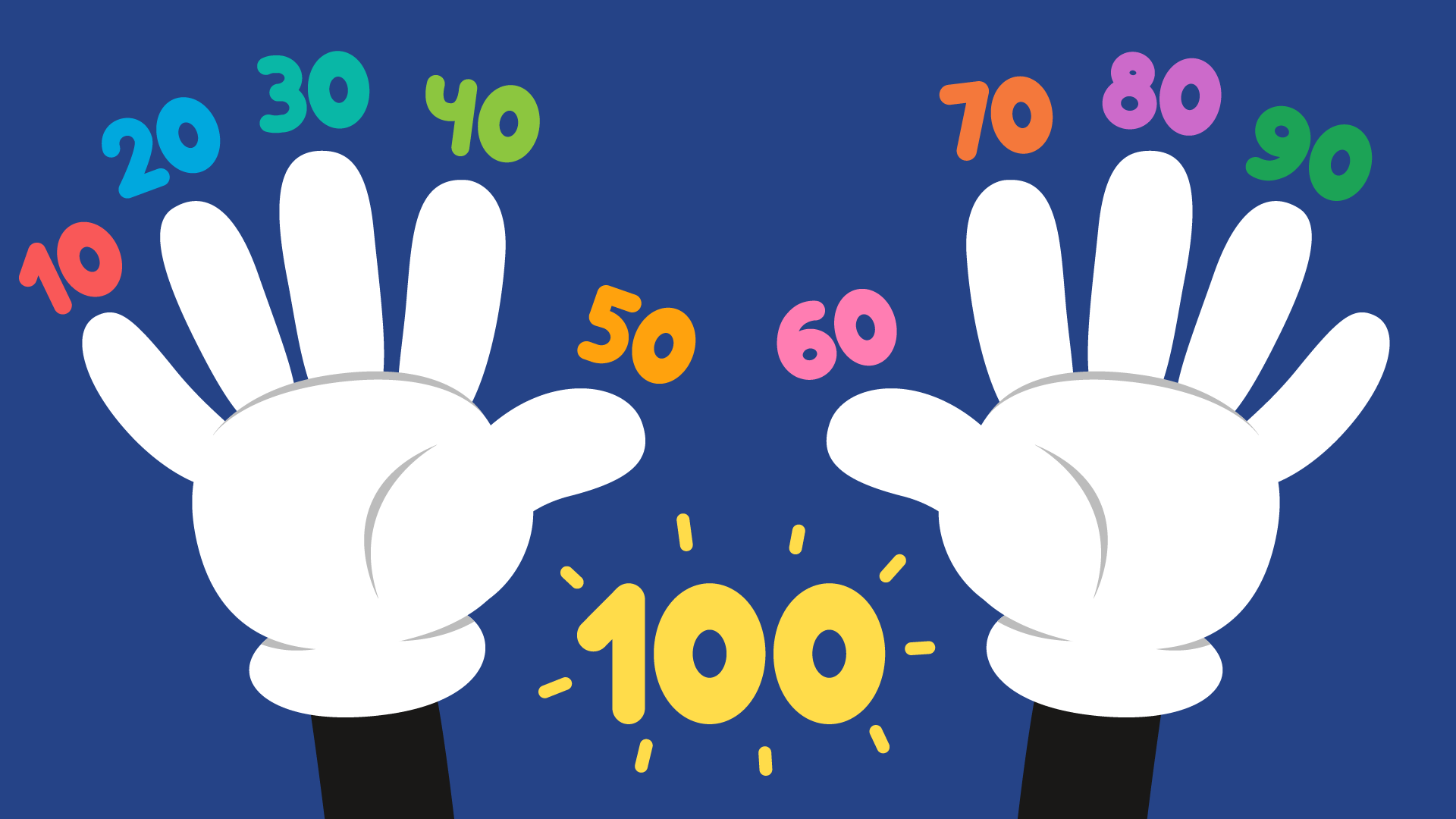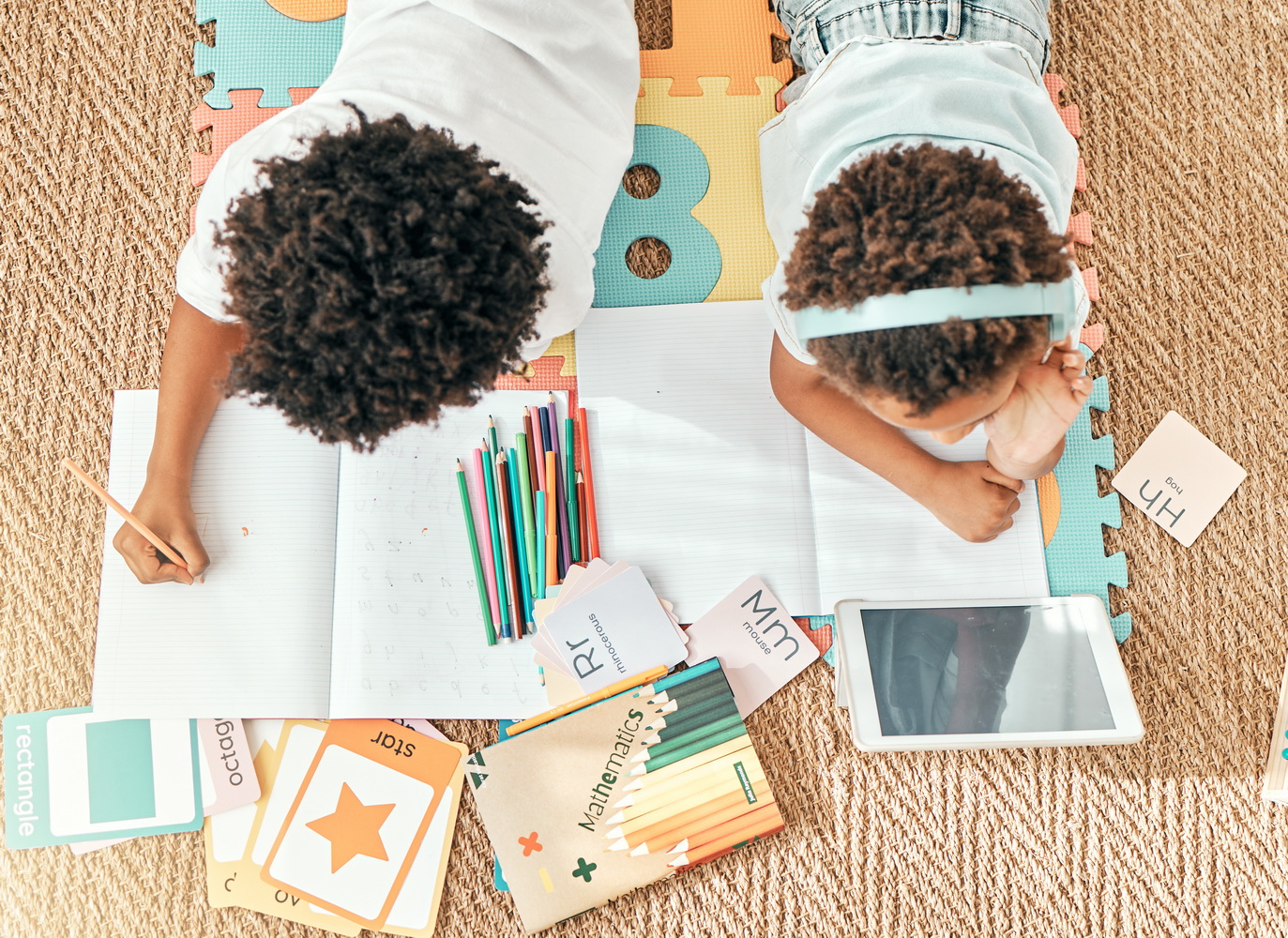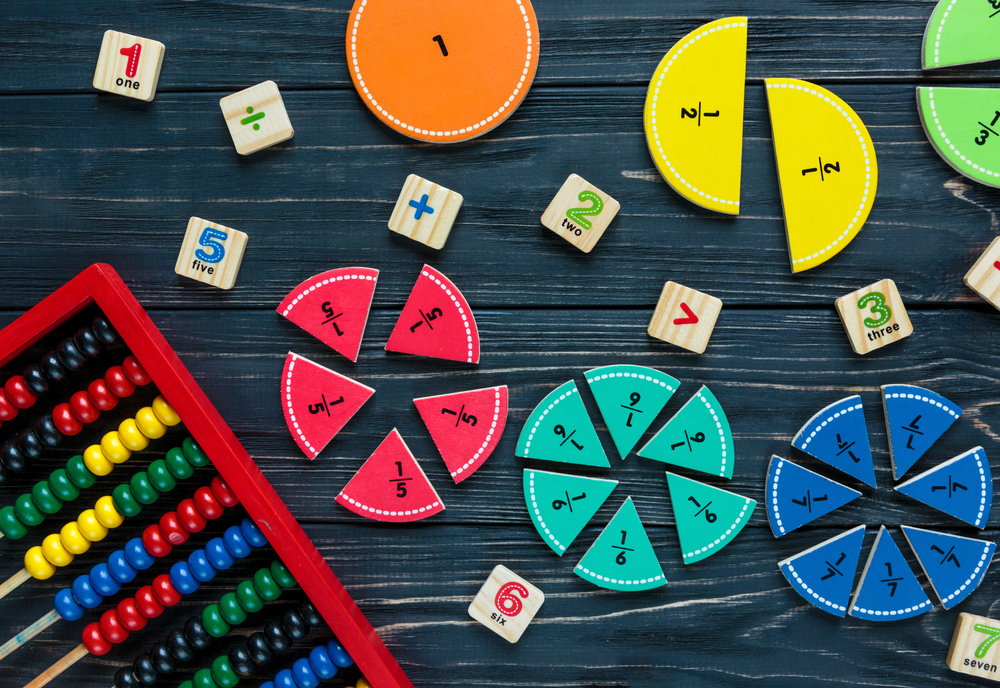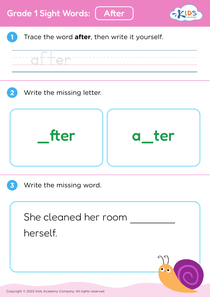Hand-eye Coordination Grade 1 Worksheets - Page 2
39 filtered results
-
From - To
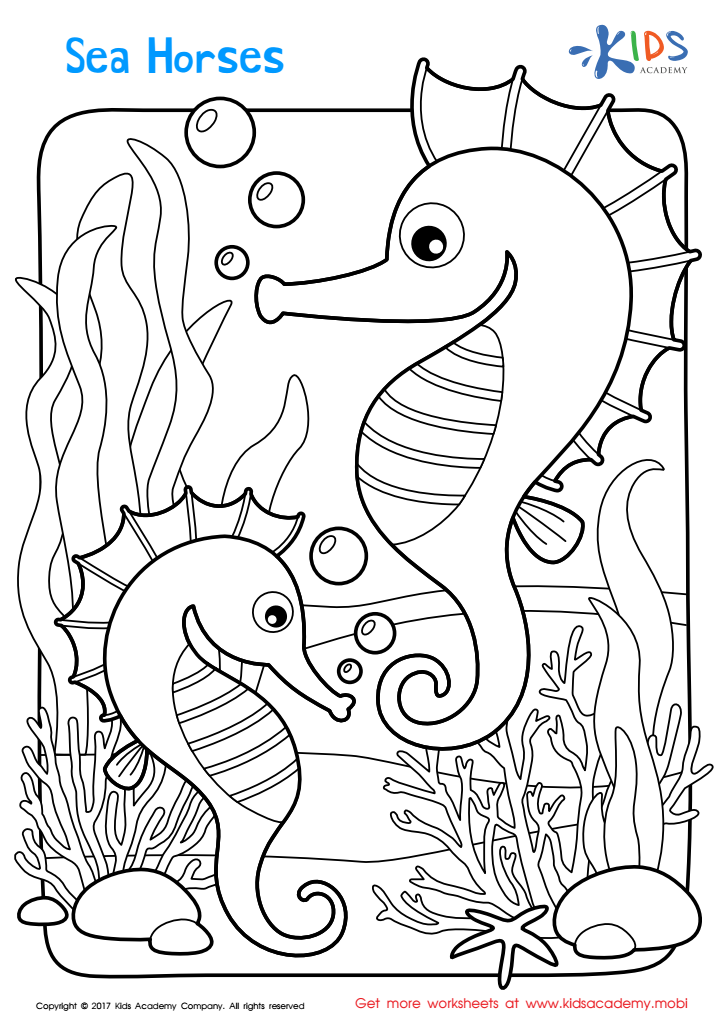

Sea Horses Printable


Long and Short U Worksheet


Trace and Draw More Shapes Worksheet
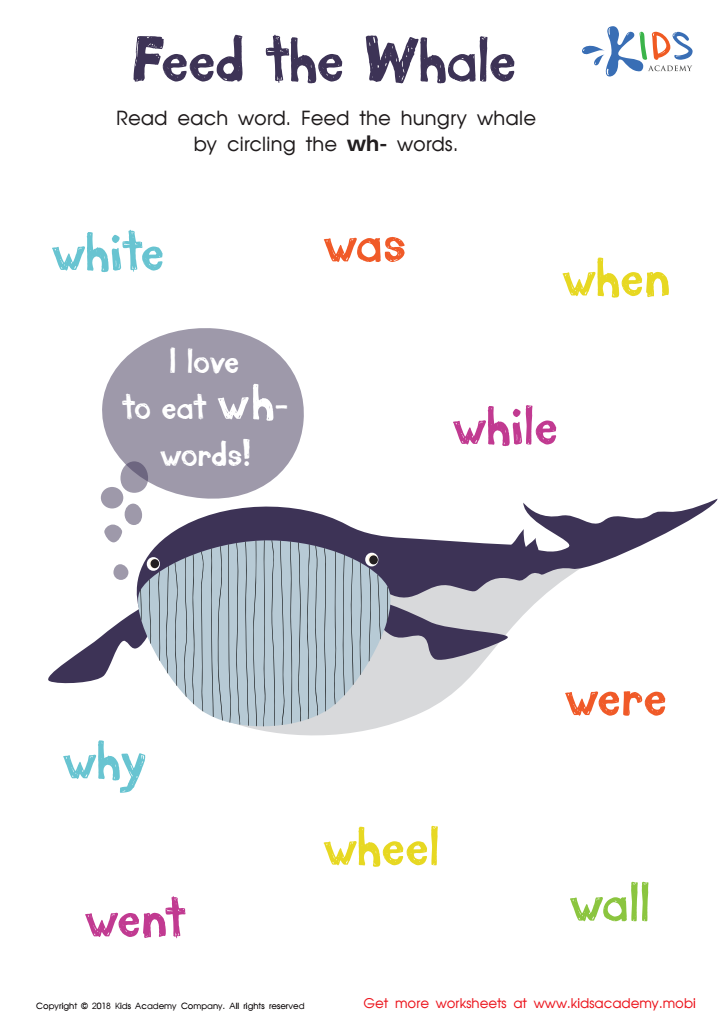

Feed the Whale Worksheet
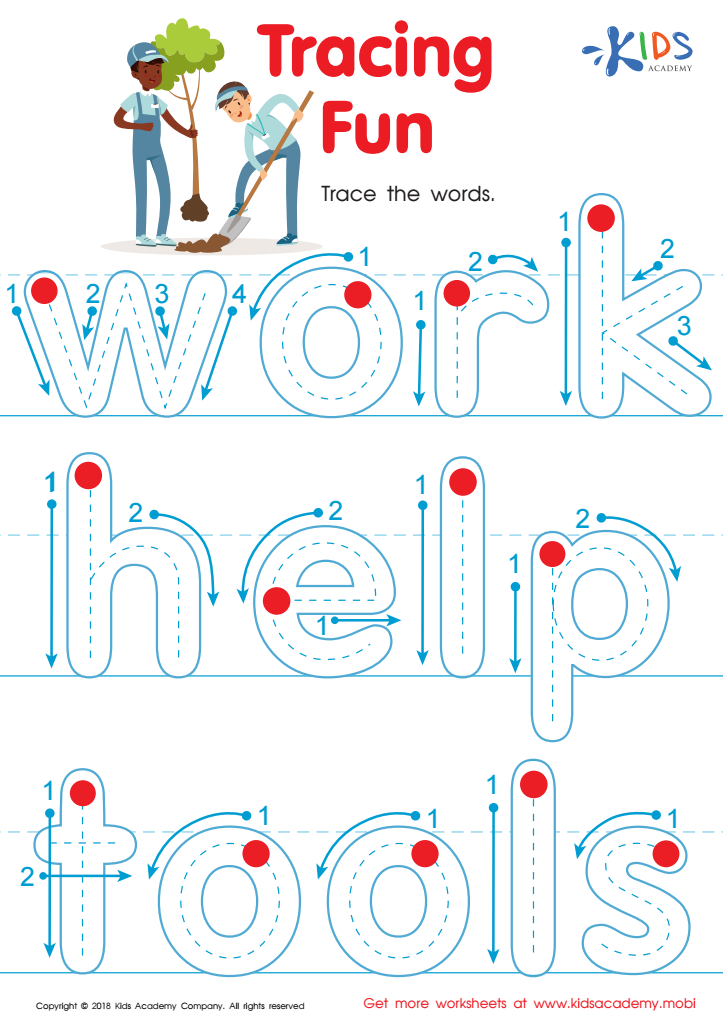

Tracing Fun Worksheet
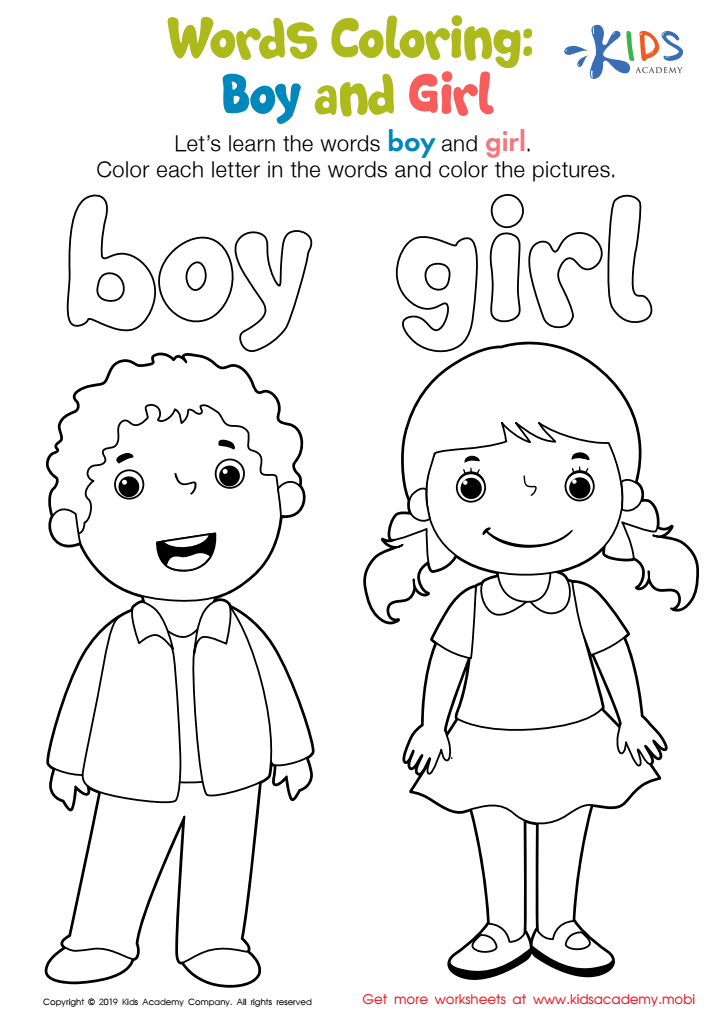

Boy and Girl Words Coloring Worksheet
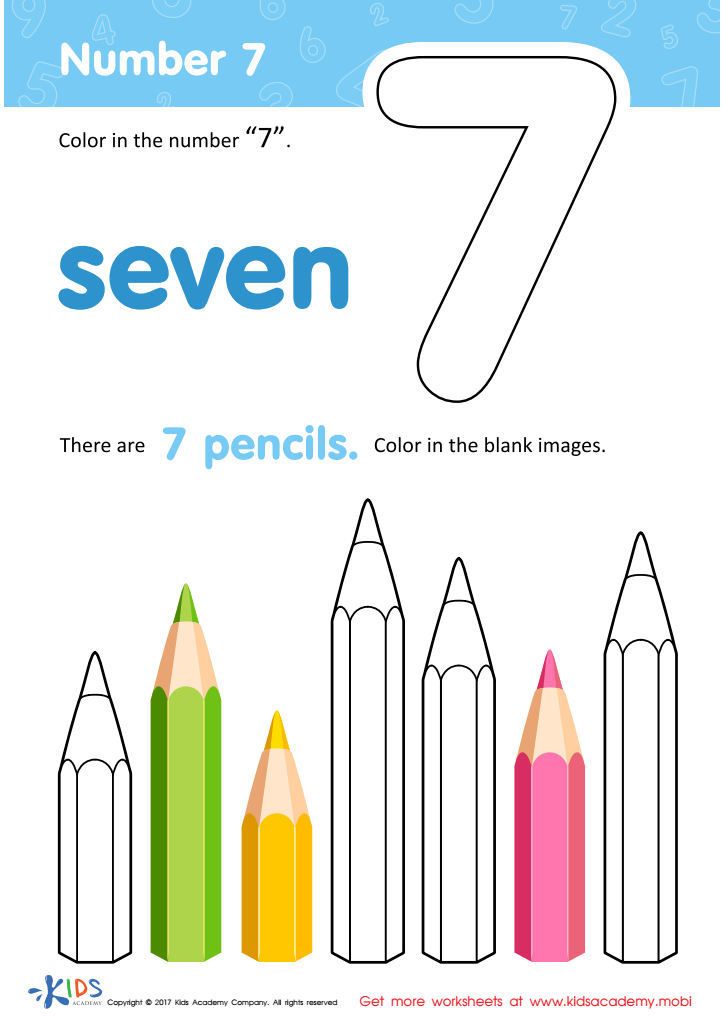

Number 7 Worksheet


Practice Writing Number 5 Worksheet
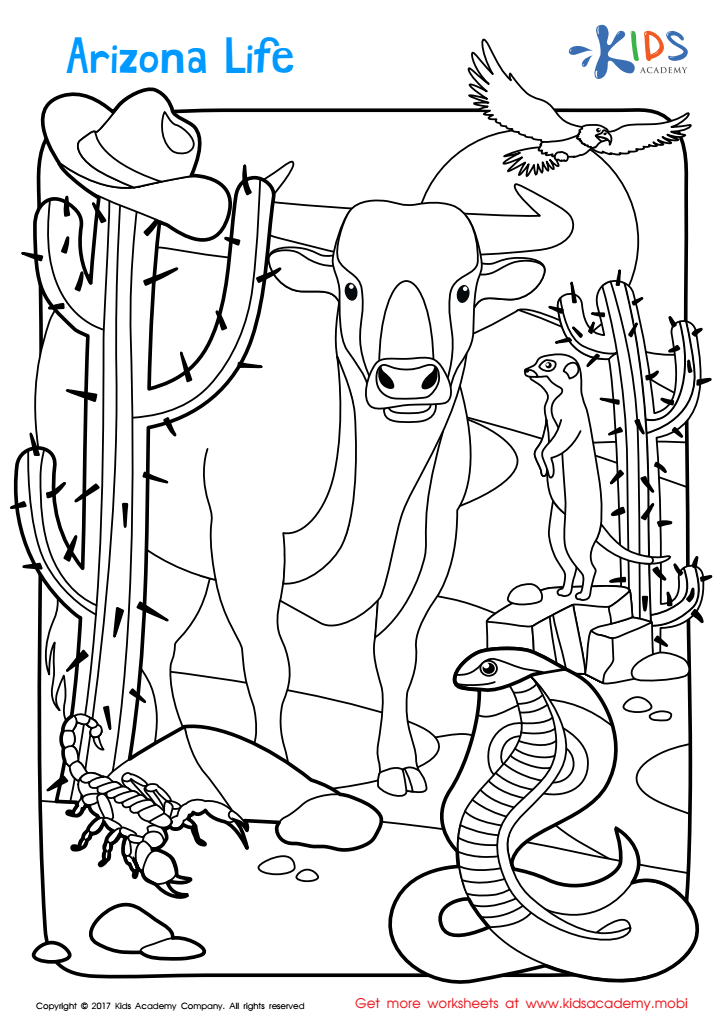

Arizona Coloring Page Worksheet
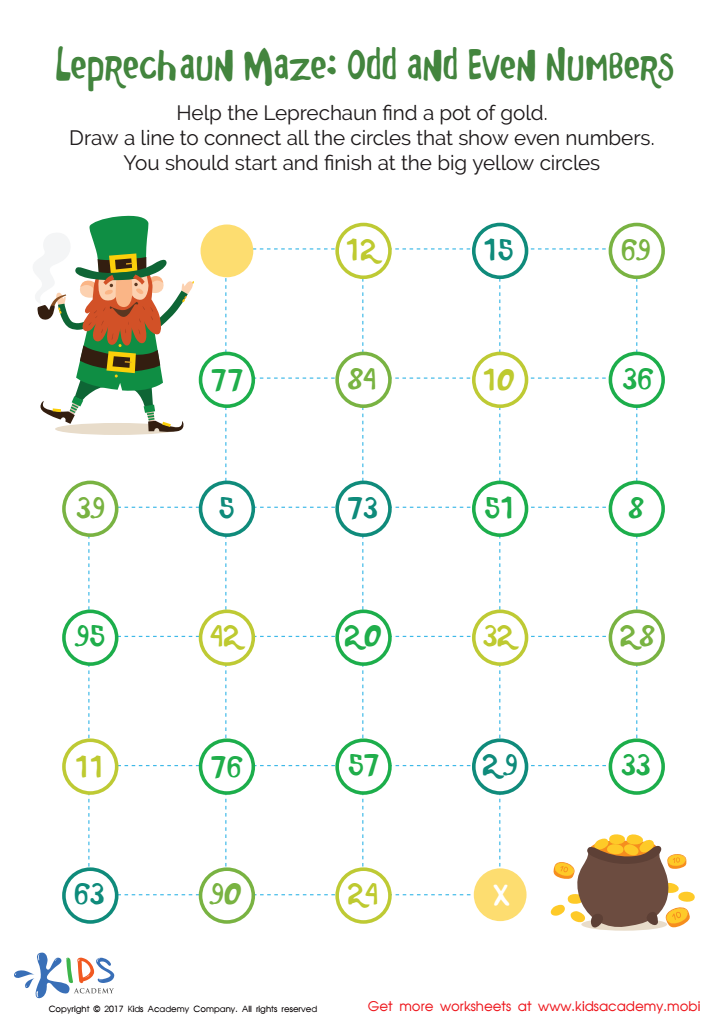

Leprechaun Maze Printable
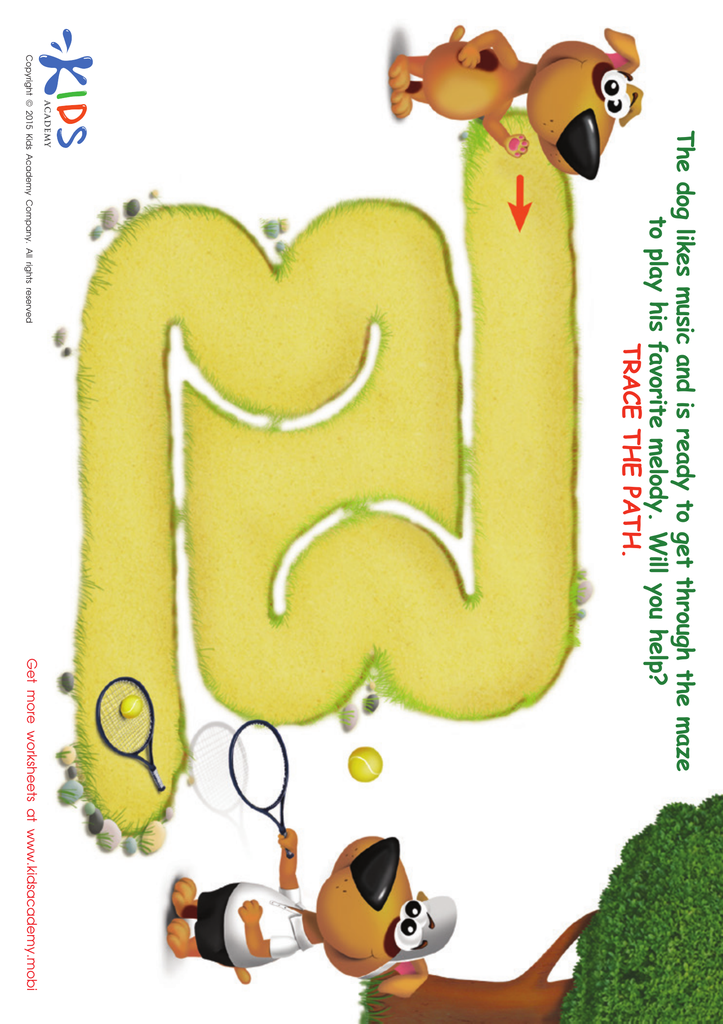

Tennis Player Maze Worksheet
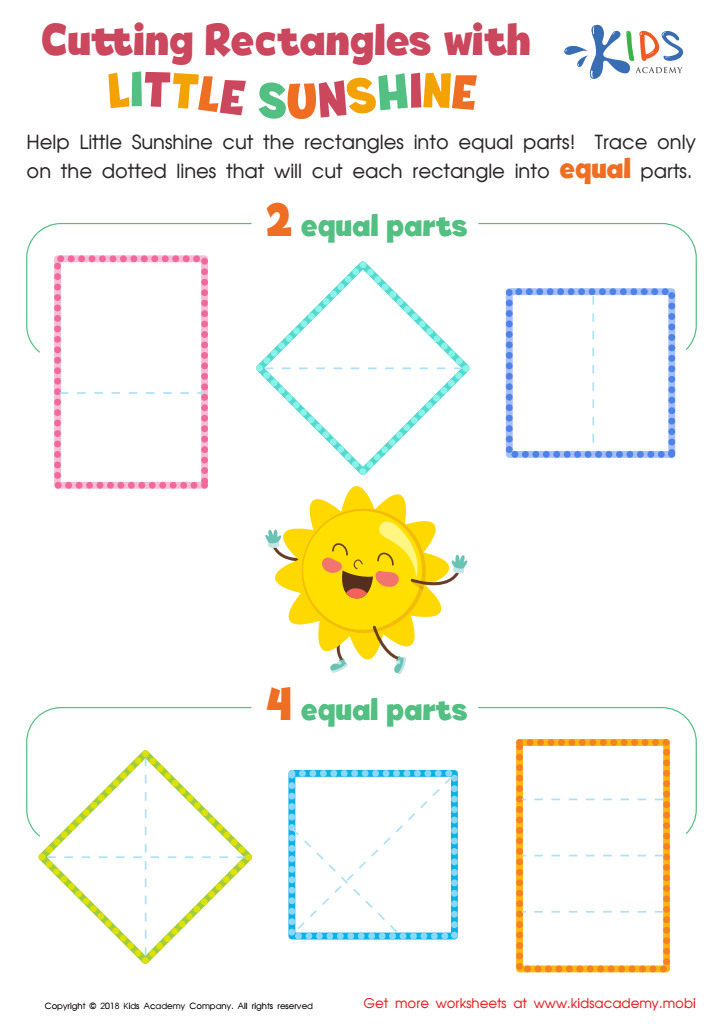

Cutting Rectangles with Little Sunshine Worksheet
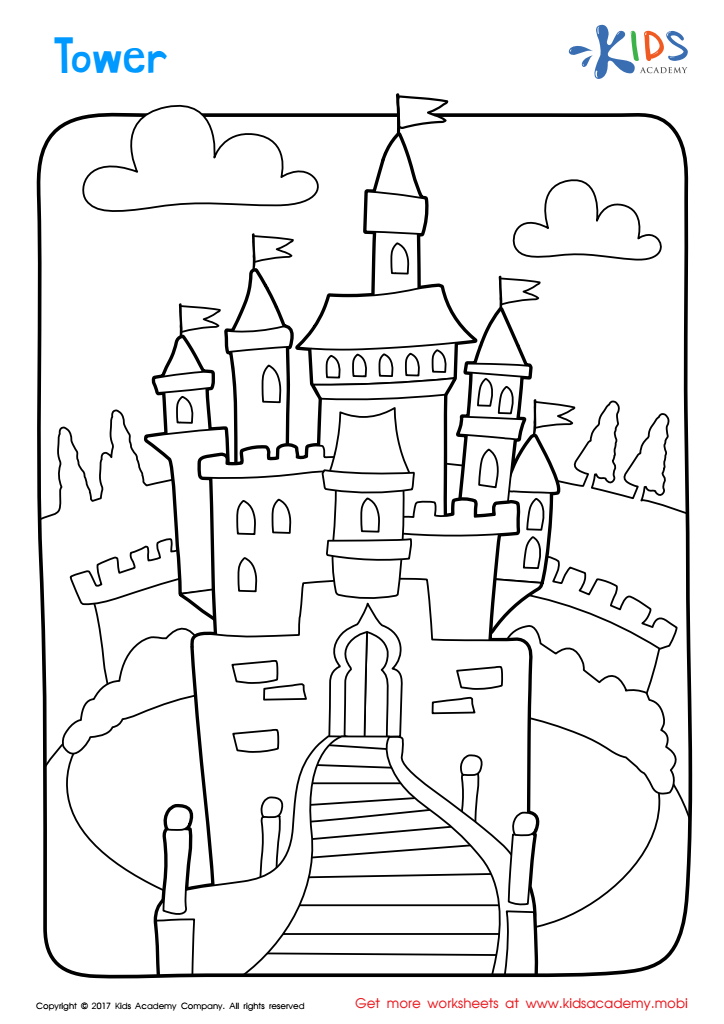

Tower Coloring Page


Long and Short E Worksheet


Letter D Tracing Page
Hand-eye coordination is a critical skill for first graders as it plays a significant role in their developmental growth and learning. This skill allows children to synchronize their vision with their physical movements, which is essential in various daily activities such as writing, drawing, tying shoelaces, and participating in sports.
Firstly, improved hand-eye coordination enhances fine motor skills, which are crucial for classroom tasks like using scissors, managing writing tools, and completing art projects. These skills not only support academic performance but also boost a child’s confidence and independence.
Secondly, hand-eye coordination is linked to cognitive development. Activities that enhance these skills often require problem-solving and concentration, fostering mental agility and focus — vital elements for academic success.
Lastly, engaging in these activities encourages social interaction and teamwork, as children often learn through play and collaborative tasks.
Therefore, parents and teachers should actively promote activities that develop hand-eye coordination, such as playing catch, participating in arts and crafts, or engaging in simple puzzles. Supporting this foundational skill ultimately lays the groundwork for a child’s future learning, physical abilities, and overall development.

 Assign to My Students
Assign to My Students






.jpg)
